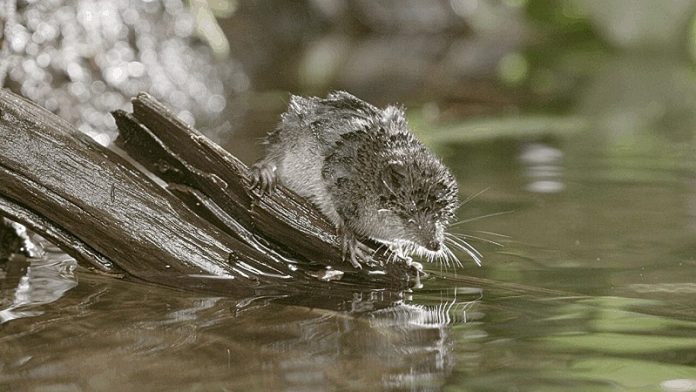
The tiny shrew holds a remarkable record with a resting heart rate of up to 1,020 beats per minute, which is around 17 beats every second.
To put this in perspective, the average human resting heart rate is between 60 to 100 beats per minute, making the shrew’s heart rate about 10 to 17 times faster.
Until now, scientists were unsure how these small mammals could sustain such an incredibly fast heart rate, but a new study published in Science provides an explanation.
An international research team led by postdoctoral researcher William Joyce and Professor Kevin Campbell has discovered how evolutionary changes in a heart protein called “cardiac troponin I” allow shrews to achieve their rapid heart rate.
Joyce conducted this research during his time at Aarhus University (AU) and now works at the Centro Nacional de Investigaciones Cardiovasculares Carlos III in Spain, while Campbell is now at the University of Manitoba in Canada.
The researchers found that a crucial part of the heart protein, which regulates how quickly the heart relaxes between beats, is missing in shrews and their close relatives, moles.
This missing piece removes the “brakes” on heart relaxation, letting their hearts beat much faster.
Normally, in most mammals, cardiac troponin I plays a vital role in the heart’s ability to handle calcium ions.
Calcium is essential for heart muscles to contract and is needed for every heartbeat. In other mammals, this protein contains two specific serine amino acids, which are temporarily modified by adrenaline during times of stress or activity.
This modification helps the heart relax faster between beats, allowing the heart to fill with more blood and beat faster when needed.
However, in shrews, an evolutionary change occurred. The DNA region that codes for the two serine amino acids was inactivated in one of their ancient ancestors.
As a result, the protein in shrews always acts as if it is activated by adrenaline, even when the shrew is at rest. This allows shrews to maintain their extremely high resting heart rates without needing adrenaline to speed up their hearts.
The researchers also studied bats, which can also reach heart rates higher than 1,000 beats per minute, to understand how this ability evolved.
They found that some bats can skip over the part of the gene that codes for the two serines when forming their protein. The ancient ancestors of shrews and moles likely had a similar mechanism, but over time, they evolved to lose this region entirely, allowing for even higher heart rates.
The research team’s next goal is to explore how this discovery could be used in biomedicine. Joyce explains that they hope to replicate this protein splicing in model organisms and, possibly in the future, human hearts to mimic these beneficial effects.



